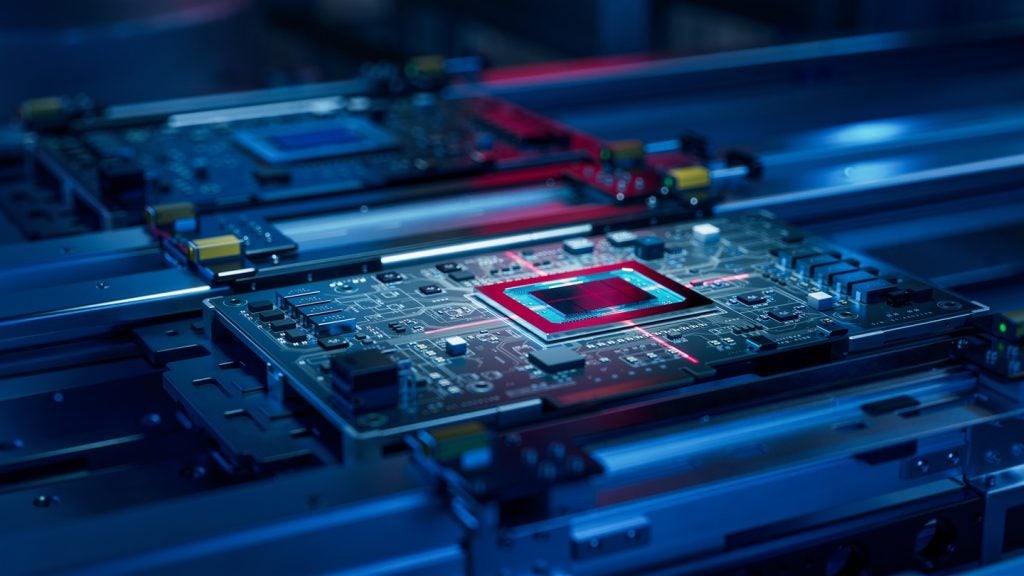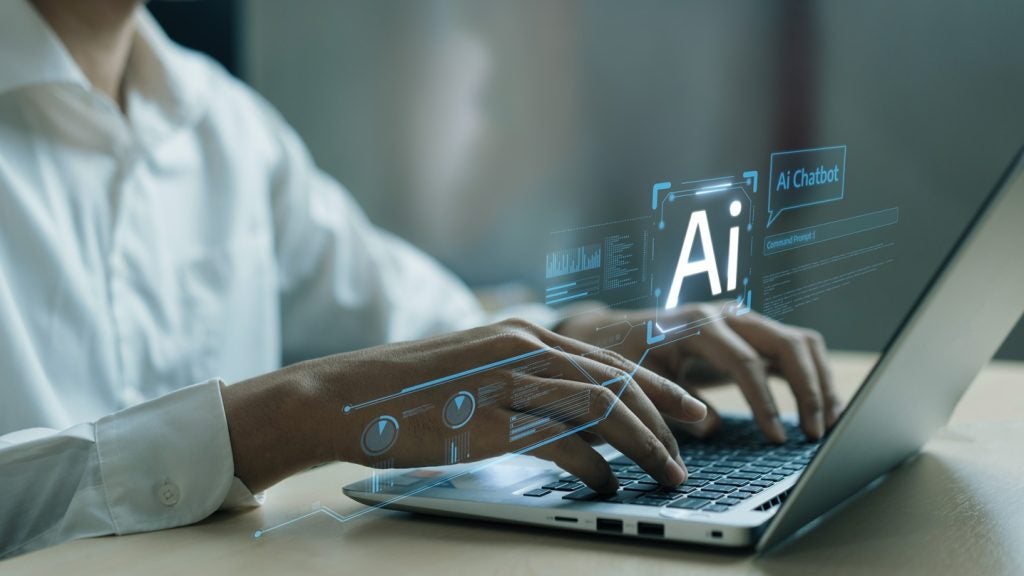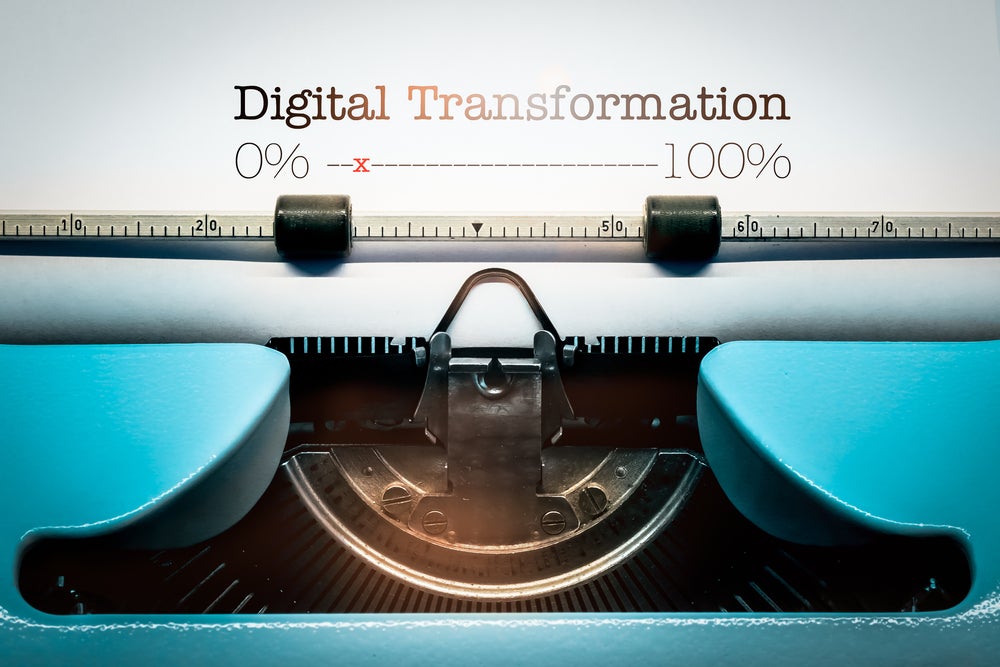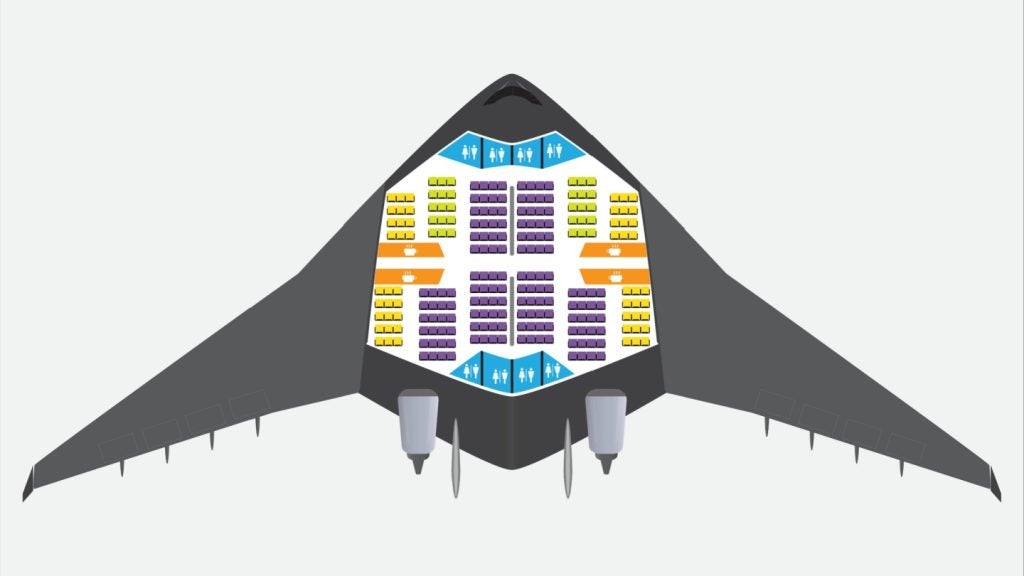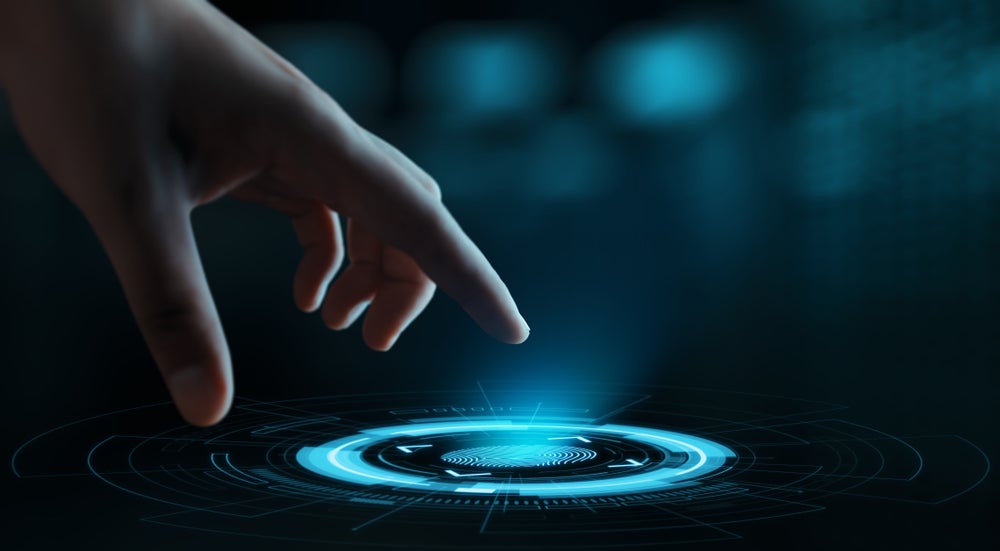
The question of who you can trust with your passwords is rapidly approaching the answer: no one. And one answer is becoming undeniable: biometrics. Touch Biometrix is developing existing technology towards fingerprint authentication in a way that is cheaper and more secure.
The old method of producing fingerprint-capable hardware (the button on the front of your smartphone or IoT device) was to make them from silicon wafers. Touch Biometrix has found a way to manufacture flexible fingerprinting for any surface shape or size. Rather than using a single fingerprint touch pattern, your phone or device can use several fingerprints or hand patterns. The idea is that the device will know its user as soon as they pick it up.
The challenge, says Mike Cowin, Touch Biometrix founder and chief executive, is simply that it has never been done before. But the gap in the market is real because the existing fingerprint verification systems are not reliable enough. They are secure enough to make purchases up to £30, but Cowin sees his technology as safe enough to enable a house purchase.
The technology behind Touch Biometrix
The technology behind Touch Biometrix’s fingerprint authentication system already exists. It uses self-capacitance in the form of transistors on a display line and manufactured on plate scale. The smallest plate scale in manufacturing is a 0.5m by 0.5m square, which means Touch Biometrix can produce 3,000 units for 300 made in the old way using silicon wafers. “The cost implications are significant,” says Cowin.
His method for fingerprint authentification also uses a three-tier system in algorithms to check its user is genuine. Cowin is confident that “it’s unspoofable”.
“It’s not an online service, it’s all on your phone or device, so it can’t be shared or leaked or recaptured,” he adds. And if the user wanted to upgrade his handset, “there’d be a simple process where you could wipe the chip clean”.
How well do you really know your competitors?
Access the most comprehensive Company Profiles on the market, powered by GlobalData. Save hours of research. Gain competitive edge.

Thank you!
Your download email will arrive shortly
Not ready to buy yet? Download a free sample
We are confident about the unique quality of our Company Profiles. However, we want you to make the most beneficial decision for your business, so we offer a free sample that you can download by submitting the below form
By GlobalDataCowin explains the working behind the technology: “On your computer system, on an active matrix screen, you’ve got pixels, behind that pixel you’ve a transistor and that’s the active matrix. The transistor changes the pixel to on, off, bright, high, whatever contrast.” There are millions of transistors behind a computer screen, built into the glass and its depth is in microns.
He continues, “The pixel on a screen can be modified so that it can detect capacitance, so when it comes into contact with your finger [the screen] can detect the variation in capacitance between valleys and ridges and curves.”
This information goes back to the algorithms and they build up an image file of the user’s fingers, comparing that back to existing data on the person.
First grab ‘n’ go device to arrive in 2020
This year, Touch Biometrix is developing its first viable product. The supply chain terms have been agreed and transferral of technology for scale production will take place next year.
“We’ve lots of potential products but we need to decide the best strategic fit, whether that be a smartphone or a piece of computer peripheral,” explains Cowin. But his first product should be on the market in the first quarter of 2020, and “Apple are a possibility,” says Cowin, adding that the tech giants are quick to back a product when they like the concept and approve its scalability.
How does fingerprint authentification compare?
In terms of other benefits of Touch Biometrix’s fingerprint technology, Cowin brings in the unbanked, the 1.7 billion says The World Bank, who don’t have an account at a financial institution or through a mobile money provider. The hope is that they could afford the cheaper hardware produced by Touch Biometrix and that banks could use the authentification system to identify those users without the need for documents or address – “by their fingerprints alone”.
And Cowin says he can see every IoT device using his technology because the alternatives are not good enough. “This is the safest and most secure and allows you to keep hold of your own biometric data. The fact that our system is multi-touch means it’s very difficult to emulate and it’s very difficult to spoof it,” he says.
Iris scanning, he says, is “ridiculous”, voice recognition is “easily copied, you wonder sometimes when you get a cold call, whether someone is copying your voice” and facial recognition is dangerous.
He says: “I’ve written to MPs to say you need to start regulating [facial recognition tech], because they’re using this without any regulation, they’re scanning people in football stadiums and building up databases. It’s incredible that they’re allowed to do this, they’re capturing your biometric data without you knowing about it.”
Certainly, passwords are out of favour, with Kanye revealing his phone password to the world during his White House meeting with President Trump in October 2018 showing how easy it is to lose password security. But more seriously, Cowin suggests his biometrics could even be used for weapons, so that if a gun fell into the wrong hands it wouldn’t matter.



